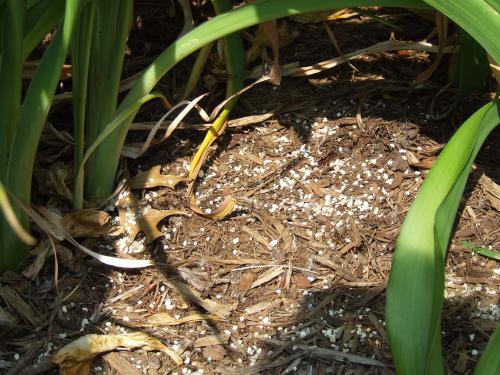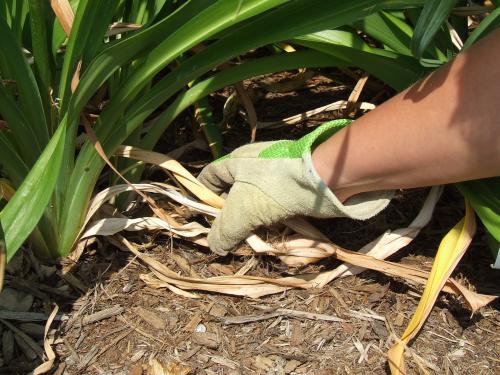Daylily flower power! Late season care for the jewel of the garden
Summer care of daylilies will keep them strong this season and next.

Experts agree that perennial gardens are better when the gardener has a “lean” approach on fertilizer. Many have witnessed the “feed ‘em and weep” syndrome by adding a bit too much nitrogen in the early spring only to be rewarded with a floppy mess in August.
On the contrary, the humble daylily (also known as color queen of the summer perennial display) tends to be a hungry plant which will benefit by a mid-summer top dressing of nitrogen-rich fertilizer. It is hard to calibrate how much fertilizer to apply per plant but gardeners should alter the amount based on the size of the clump. In most cases, spoon feeding with a common flower or lawn fertilizer with no weed controls will provide the added boost for the daylily to gear up for its second flush of foliage and build the root system for next year. Soluble forms of fertilizer will also provide the plant what it needs, however it is also more labor intensive. Compost provides nitrogen but the reaction time will be much slower. Water the fertilizer in as it describes on the label.
Curb appeal
In early August, when the bulk of blooming has finished, daylilies are also plagued with leaf senescence and drop. Leaves produced in the early spring are retired by the plant and after a brief resting phase, the plant will push up new foliage that will carry it into the fall. During a hot, dry summer, this can really detract from the appearance of the daylily clump and is best removed by gently tugging it out. Some growers even clip the original foliage back by half to tidy up the plants and remove fading leaf tips. Once your plant sends up its secondary foliage, the trimmed portion will be covered up. Michigan State University Extension recommends removing the faded foliage to allow for easier weeding at the base of the plant.
With the right amount of tidying up and T.L.C., your garden will be stunning throughout the rest of the growing season.
For more information on a wide variety of Smart Gardening articles, or to find out about Smart Gardening classes and events, visit www.migarden.msu.edu.
A common flower or lawn fertilizer with no weed control will provide the added boost for the daylily to gear up for its second flush. Photo by Rebecca Finneran | Michigan State University Extension
Retired leaves are best removed by gently tugging them out. Photo by Rebecca Finneran | Michigan State University Extension



 Print
Print Email
Email




